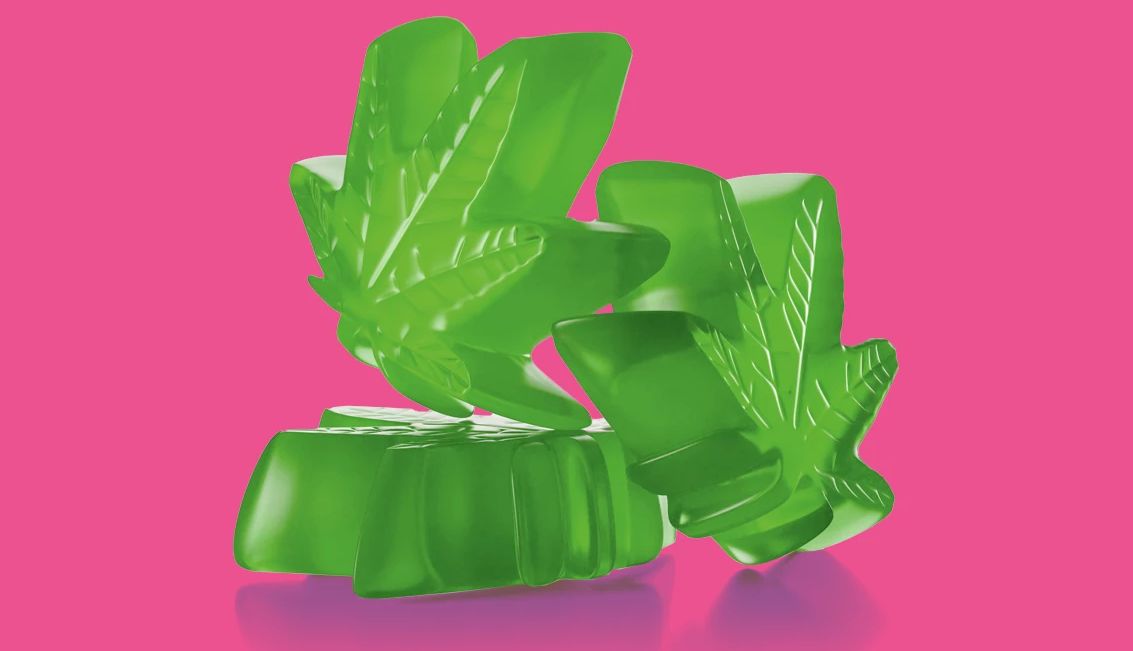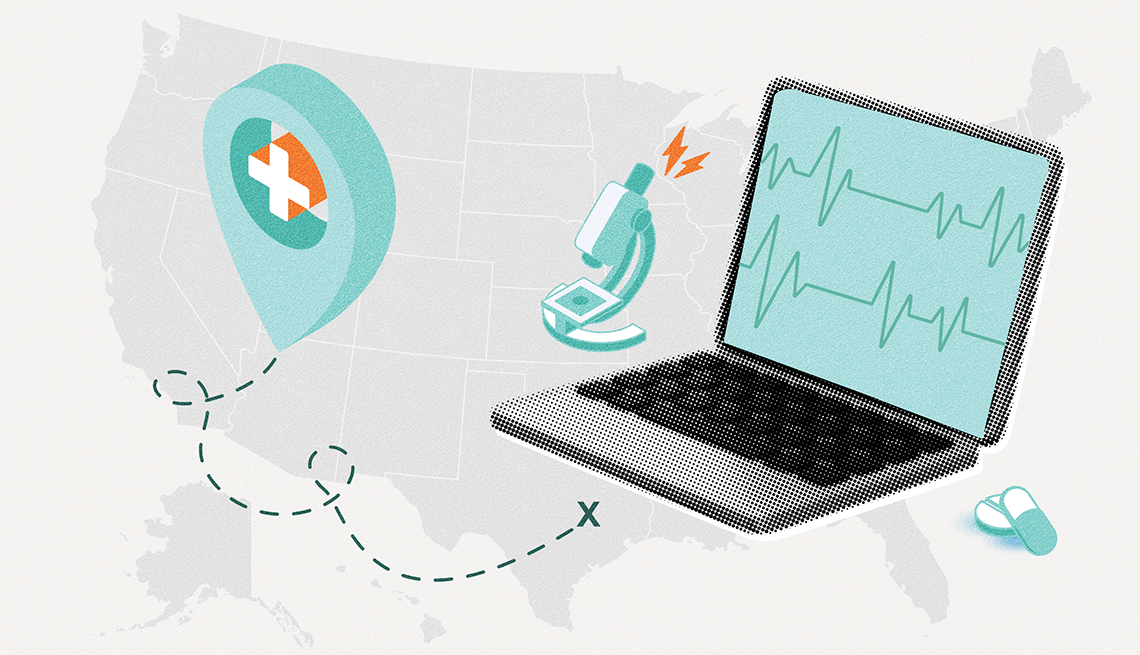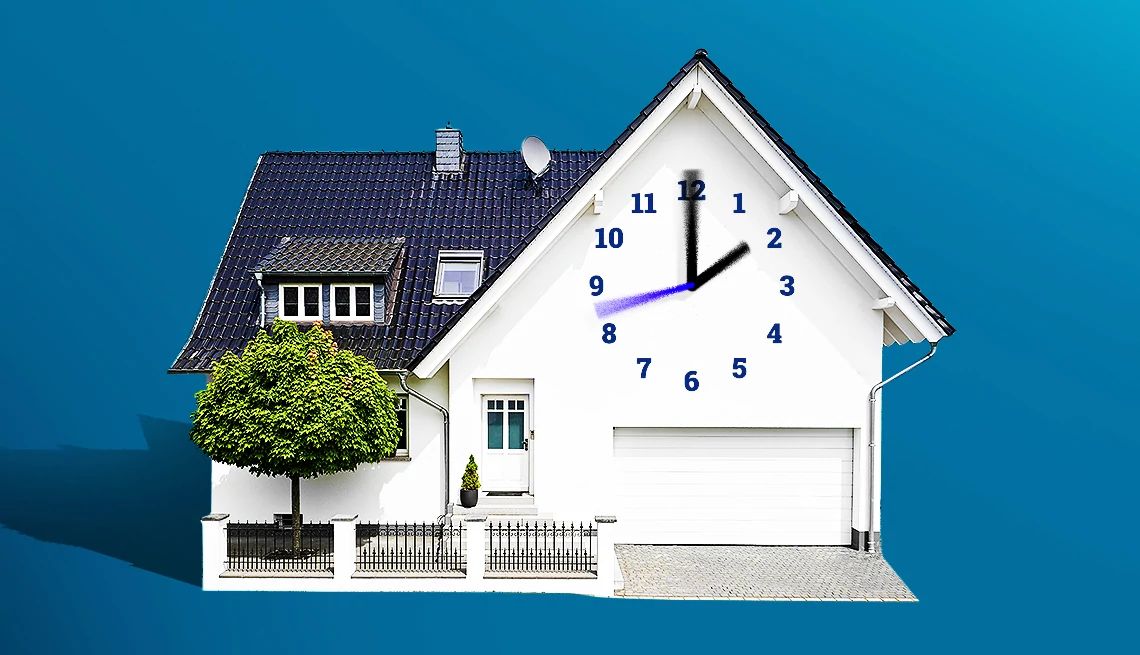AARP Hearing Center


Carminetta Verner didn’t smoke pot in the 1960s. But when medical marijuana was legalized in Maryland in 2014, the 89-year-old retired accountant decided to learn everything she could about cannabis.
Today, Verner makes her own cannabis-infused products to ease pain and insomnia caused by a rare connective-tissue disease. Among her favorites: edibles, including gummies. They’re a hot topic at the medical cannabis club Verner started at the Leisure World retirement community in Silver Spring, Maryland. “Gummies are very popular because of ease of use,” she says.
“But,” emphasizes Verner, the grandmother of four, “they can be dangerous for older adults.”
As America’s preferred form of medical marijuana intake shifts from pot-smoking to munching these colorful, sweet-tart little treats, older adults lead the pack — experiencing the good, as well as the unexpected and sometimes serious downsides of the edibles revolution.
Cannabis sales are soaring, topping $27 billion in 2022. As legal use spreads — medical marijuana is allowed in 38 states and three U.S. territories, while adult recreational use is legal in 24 states (up from 33 states and 11, respectively, in 2019) — the number of adults 50 and older experimenting with cannabis is growing fast: Sixteen million Americans age 50-plus tried cannabis in 2022, up from 12.8 million in 2021.
Amid all this interest from midlife and older adults, it’s no wonder gummies reached a milestone last year, when the percentage of people buying the squishy little chewables surpassed the number purchasing smokable marijuana — 49 to 47 percent.
But how safe are edibles? The jury — in this case, physicians and marijuana researchers — has yet to agree on a verdict.































.jpg?crop=true&anchor=13,195&q=80&color=ffffffff&u=lywnjt&w=2008&h=1154)
































More From AARP
8 Major Health Risks for People 50 and Older
A look at the top killers — and how to dodge them
Are You Taking Too Much Acetaminophen?
It's easy to overdo this common pain relieverDo Injections for Knee Pain Work?
The shots are common, but results can vary
Recommended for You